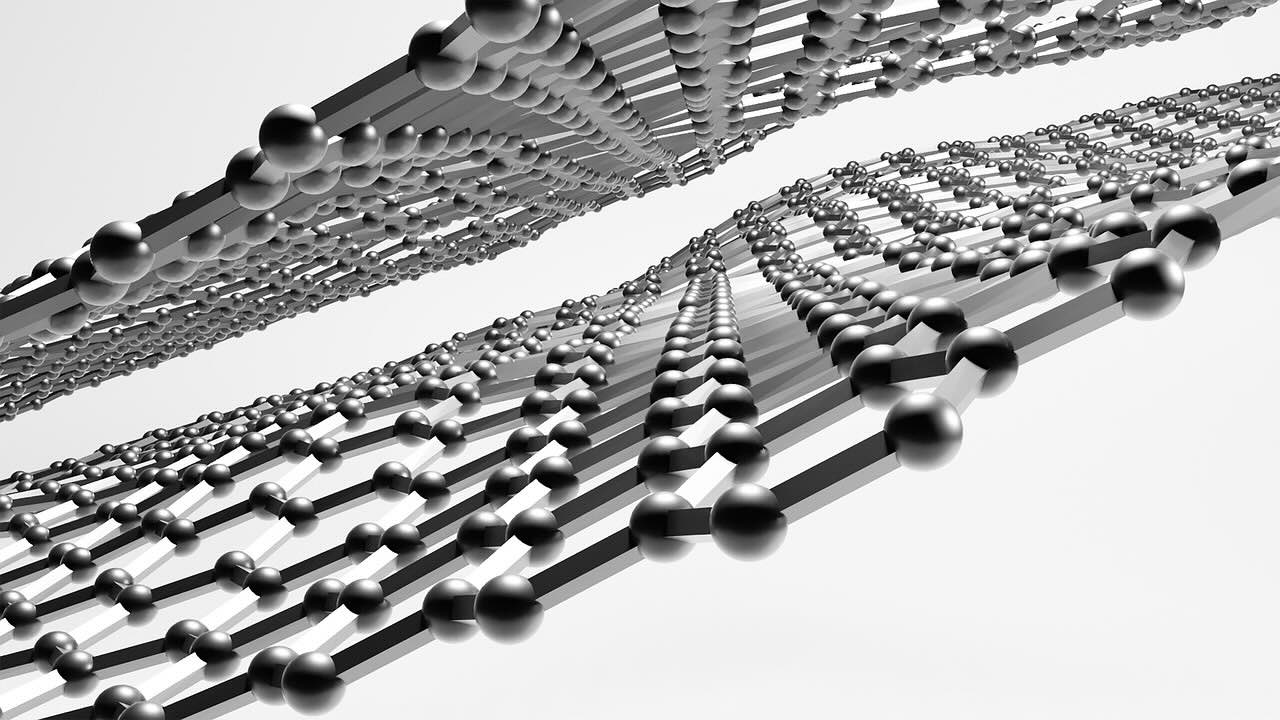Superconductors are one major step closer to practical use, thanks to new work from Columbia University physicists that could usher in a technological future of wireless charging vehicles, efficient energy transmission, and exponentially faster computers through more efficient electron transfer.
Currently, most technologies rely on semiconductors to transmit energy in chips, transistors, and diodes, which are subject to energy loss and moderate transfer speeds. Superconductors offer almost perfectly lossless energy transmission yet remain out of reach for routine use due to their need for extreme cold or pressure and scientists’ incomplete understanding of their operating properties.
Current Superconductor Usage
Researchers have identified some pure elements, namely lead, tin, and aluminum, as superconductors, along with exotic manufactured compounds like niobium-titanium. However, the frigid or high-pressure conditions required to operate these materials as superconductors have left them only utilized in a handful of real-world applications, including MRI machines, particle accelerators, and electromagnetic levitating trains.
Even in this handful of use cases, superconductors remain costly and difficult to work with. Physicists’ lack of understanding of how superconductors work has made it difficult to design materials that retain the superconducting properties at lower price points and greater ease of use, which would enhance their practicality.
Engineering Future Materials
Before the Columbia team began their research, MIT physicist Pablo Jarillo-Herrera, formerly of MIT, produced groundbreaking superconductor research that inspired the team. Jarillo-Herrera studied the novel material graphene, consisting of a single layer of carbon atoms. The researcher discovered that by stacking graphene in two or three layers and then precisely twisting the sheets, he could imbue the substance with superconductivity.
“An important question was whether superconductivity arises from unique properties of graphene or rather could be induced by twisting any combination of two-dimensional materials,” said Columbia physicist Cory R Dean.
Dean led the Columbia team in their superconductor work, following up on the graphene research by focusing on compound tungsten diselenide since 2020. The researchers modified the material’s crystalline structure by slicing the compound into one or two atom-thick sheets and then conducting precise manipulations of the pieces. After their efforts, the team was left with superconductivity induced in a material through nanoscale modifications, demonstrating the utility of two-dimensional materials stacked with a slight lattice mismatch for increasing conductivity. The results provide essential knowledge to develop the property in future material science.
Twisting Metal
While the team has been working for half a decade, they only recently discovered the precise process for inducing superconductivity. The team put two sheets against each other, rotated one sheet by five degrees, and finished the process by cooling the material to just half a degree above absolute zero. In testing, the two-sheet arrangement transferred electrons orders of magnitude more rapidly than standard conductors.
Despite the major advances in producing superconductivity that the work represents, much remains to be done. The extreme cooling requirements for graphene and tungsten diselenide make them unlikely to replace the superconductors used in MRI machines and other applications just yet. Still, the work represents a major step forward in understanding the phenomena at play, which may lead to engineering more broadly useful superconductors.
“To develop a superconductor that works at room temperature is really the dream,” says Dean. “Our discovery could very well be the key that makes this dream a reality.”
The paper “Superconductivity in 5.0° Twisted Bilayer WSe2” appeared in Nature on January 22, 2025.
Ryan Whalen covers science and technology for The Debrief. He holds an MA in History and a Master of Library and Information Science with a certificate in Data Science. He can be contacted at ryan@thedebrief.org, and follow him on Twitter @mdntwvlf.

